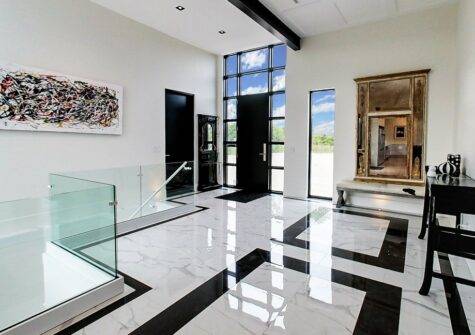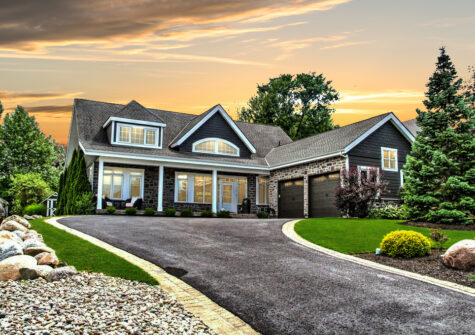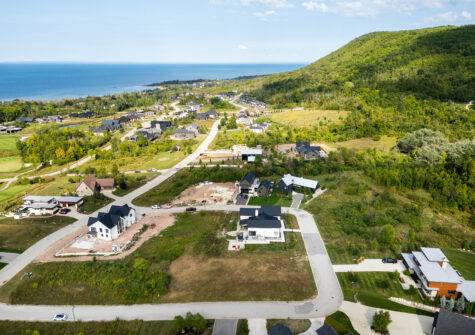Here’s some great information from our friends at AmeriSpec Home Inspection Services. Happy deck-building this weekend!
I am thinking of building a deck in my back yard….

Are there alternatives to pressure treated wood for me to consider?
The concerns associated with pressure treated lumber system stem from the chemical Chromated Copper Arsenate (CCA). When applied to wood, CCA protects wood from water, sun and pests, prolonging its functional life. However, arsenic is a known carcinogen and the arsenic in CCA treated wood can be ingested by hand-to-mouth contact after touching the wood or the soil below the wood (which may also contain elevated concentrations of arsenic if the deck has been in place for a long period of time). Children are especially vulnerable while playing on equipment built with CCA treated lumber, since they may have a tendency to put things in their mouths. This is why playground equipment constructed with CCA treated lumber has been replaced in many areas. Although there have not been any direct links between CCA treated wood and arsenic poisoning or cancer, the EPA in a voluntary agreement with the industry began restricting the use of CCA in treated timber for residential and commercial construction in 2004. Existing structures made from CCA treated wood do not need to be removed; however, measures should be taken to protect people (especially children) from the arsenic. A good sealant should be applied to the wood every two to three years to prevent direct contact between the chemicals and any surface that can be easily accessed. If you have any concerns about pressure-treated wood in any existing structures on your property, consult a certified inspector for recommendations.
There are now other types of products on the market that can be used in place of CCA treated lumber. These include pressure-treated wood containing Alkaline Copper Quat (ACQ) or Copper Azole (CBA-A), wood with natural preservatives such as cedar or redwood, or composite materials. Composite materials consist of recycled plastics and wood by-products and are more costly than wood; however, they require much less maintenance and are rot, insect, salt, and weather resistant.
What type of supports should I provide for my deck?
There are many aspects of a deck that should be considered when discussing the structure. These include: joists, beams, post size, supports, spacing, decking thickness, guard/railing height, and spindle spacing. All of these elements, not just supports, work together and are especially important when a deck is high off the ground or supporting large loads.
How is the deck evaluated in a home inspection, and is there any building code to follow?
During a home inspection, the deck is evaluated in terms of safety, rather than code compliance, since the home inspection is not a code inspection. If connections are poor, railings too low, or supports undersized, they are identified as safety issues. In addition to safety and installation guidelines, a home inspection would report on wood rot and deterioration.
It is important to keep in mind that there may be regulations requiring a building permit and/or a code to which the deck must adhere. Determining whether a permit was obtained for construction of the deck as well as code adherence is outside of the scope of a home inspection. To find out if there are regulations in your community regarding building and code of decks, it is best to check with your local authority or lawyer.
Call Us Today!
AmeriSpec of Barrie, Orillia, Muskoka & Collingwood
(705) 722-5876
http://www.home-inspection-





